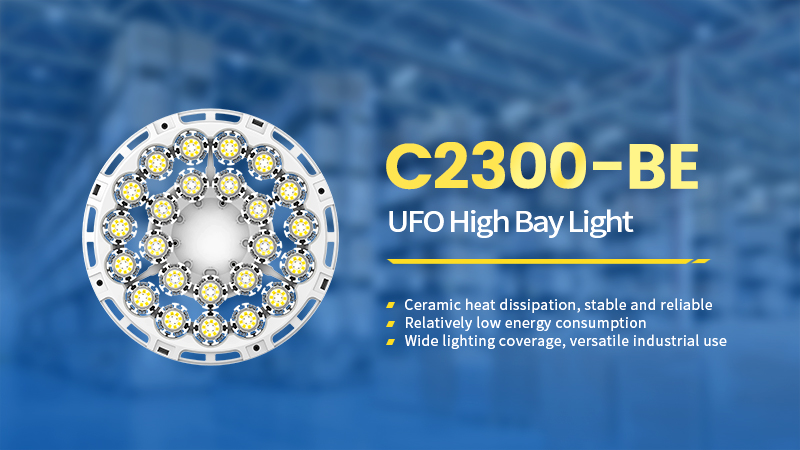Sansi LED: Sustainable LED Lighting and Integrated LED Display
Delivering premium and professional LED Display, LED Lighting, Smart City Integration solutions, trusted by over 60,000 companies worldwide everyday. From industrial lighting to commercial lighting, from outdoor advertising to XR & VR production, Sansi LED greatly improves the quality and sustainability of your business with 30 years of expert experiences.
In industrial and commercial settings such as warehouses, factories, and gymnasiums, high temperatures are a common challenge for lighting fixtures. Lighting systems in these environments must not only deliver consistent brightness but also endure extreme heat without compromising performance. LED high bay lights have emerged as a superior solution, combining energy efficiency with robust thermal management. But how exactly do these fixtures thrive in high-temperature conditions? Let’s explore the engineering behind their resilience.

Advanced Heat Dissipation Design
LED high bay lights are built with specialized heat sinks, often made from aluminum or other thermally conductive materials. These components efficiently transfer heat away from the LED chips, preventing overheating. Unlike traditional lighting (e.g., metal halide or fluorescent bulbs), LEDs generate less heat overall, but managing the heat they do produce is critical for longevity. Innovative designs, such as fin-shaped heat sinks or hollow structures, maximize surface area to enhance airflow and cooling.
High-Temperature-Resistant Materials
Components like drivers, circuits, and housings are constructed using materials that withstand elevated temperatures. For example, high-quality LED drivers are equipped with ceramic capacitors or industrial-grade electronics rated for up to 105°C, ensuring stable operation even in hot environments. The outer casing is often made of corrosion-resistant aluminum alloy, which not only protects internal parts but also aids in heat dissipation.
Smart Thermal Management Technology
Many modern LED high bay lights incorporate thermal sensors and adaptive dimming features. If temperatures exceed safe thresholds, the system automatically reduces power output to cool down, preventing damage. This "self-regulating" capability ensures the lights maintain optimal performance without abrupt failures.
Energy Efficiency Reduces Heat Buildup
LEDs convert over 90% of energy into light rather than waste heat, unlike traditional bulbs that lose significant energy as infrared radiation. This inherent efficiency minimizes the heat load in the environment, reducing strain on both the fixture and cooling systems like HVAC.
Application-Specific Testing and Certification
Reputable manufacturers subject LED high bay lights to rigorous testing in simulated high-temperature environments. Certifications such as IP65 (dust and water resistance) and IK10 (impact resistance) indicate durability, while compliance with UL or DLC standards ensures reliability under stress.
LED high bay lights are engineered to conquer high-temperature challenges through smart design, durable materials, and cutting-edge technology. By investing in these fixtures, businesses gain long-lasting illumination, lower maintenance costs, and energy savings—even in the harshest environments. Whether in a foundry, automotive workshop, or distribution center, LED high bay lights prove that innovation can shine bright under pressure.
-
NO DATA
